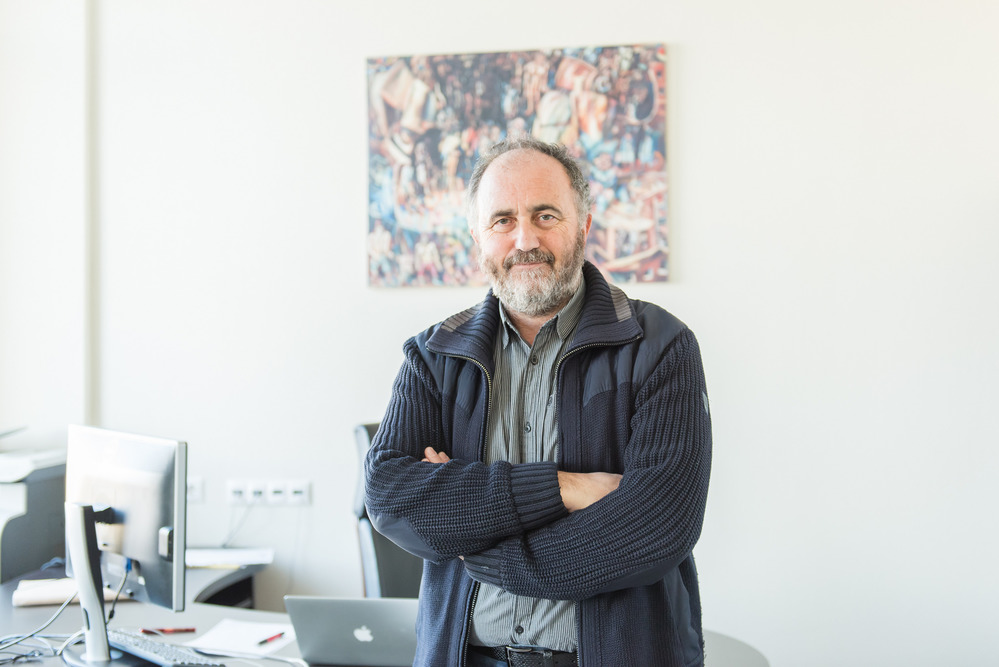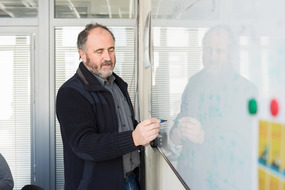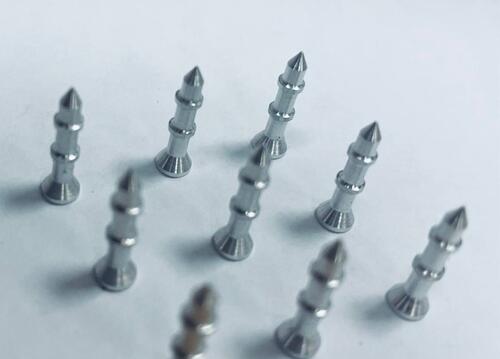Humanity has faced a number of completely new problems when increasing the speed of transmitting information. Waves, flying through matter at high speeds, initiate the generation of secondary radiation, which interferes with a signal’s linear energy transmission, scattering it. Scientists at NUST MISIS are working to better understand, strengthen, and use this nonlinear system response. An article on the results of their studies has already been published in Scientific Reports.
The search for substances with properties which can achieve the maximum possible strengthening of the linear and nonlinear response under minimum scattering is a promising direction of research in the world of science. Nonlinear properties of substances are already widely used in many cases, including the manufacture of lasers and the creation of fiber optic cables, biosensors, and interferometers. For example, the use of the nonlinear effect in lasers may lead the pump energy of a laser to have the same parameters of output beam, while having considerably reduced diffusion.
In 2016, the global market volume for laser radiation sources exceeded $10 billion. Additionally, the total world market for photonics is approaching a trillion dollars, even though the field hasn’t yet had breakthrough research that could lead to the creation of cutting-edge technology that completely shakes up the market.
“The interdisciplinary research team led by Professor Georgis Tsironis and created through Project
5-100 works with theoretical problems of nonlinear optics and quantum physics. The success the scientists have achieved in these research areas is proven by their high publication activity — this is the second article published in Scientific Reports in the beginning of 2017”, said Alevtina Chernikova, Rector of NUST MISIS.
Dr. Tsironis and Oksana Shramkova, a Physical and Mathematical Scientist candidate from the University of Crete, have calculated characteristics of the material thanks to which a laser’s scatter passing through the matter of waves is compensated for. Thus, the frequency response increases several times.
As a model, authors took a metamaterial composed of layers of semiconductor and dielectric with a layer thicknesses much smaller than the wavelength of incident radiation. Scientists have proved that the presence of active (amplifying) dielectric mediums in photonic crystals not only compensates for the losses connected with electron collisions in semiconductor material, but also increases the nonlinear radiation efficiency. The authors managed to achieve a powerful response with fivefold increased frequency under a minimum amount of scattering.
“We also showed that the properties of nonlinear systems change depending on the angle at which waves fall”, — said Dr. Tsironis.
The discovered property can be used not only in laser optics but also for manufacturing sensors. Overall, these open metamaterials have a great variety of scientific uses.



